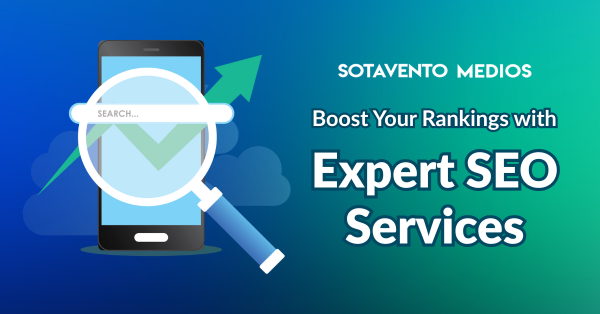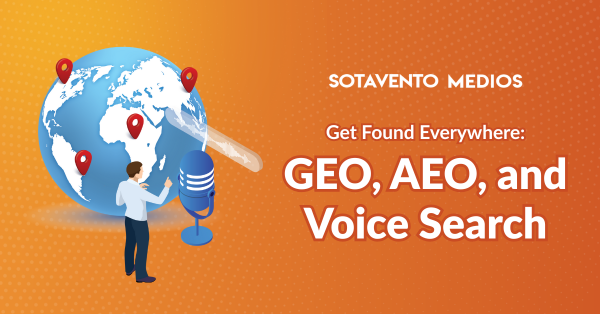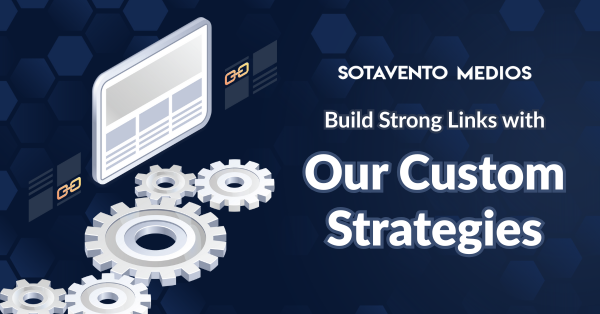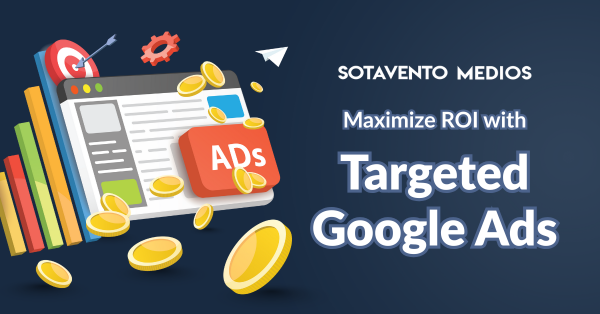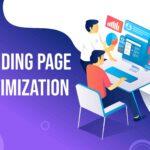The sentiment is clear, and the data supports it: Google Ads costs are outrageous. B2B marketing managers and technical specialists are now operating in a market where the average Cost-Per-Click (CPC) has increased by double-digit percentages each year in high-intent sectors. The time of cheap, easily scalable paid search is over.
However, seeing this as just a budget problem is a serious strategic mistake. This increase in costs is not just a tax; it represents a market correction driven by growing competition and a clear signal of commercial intent. The outrage presents an opportunity. The high CPC is pushing B2B businesses to use the rigorous technical and conversion-focused strategies that should have been in place from the start. The high Cost of Customer Acquisition (CAC) from paid search is quickly transforming technical SEO from a long-term objective into an urgent, vital optimization layer.
The Data Imperative: Justifying the Spend with ROI Rigor
Current market benchmarks show that while CPC is rising (with some B2B niches reporting an average CPC of $5 or more and Cost-Per-Lead—CPL—over $70), conversion rates are also generally improving. This contrast shows a fundamental truth: clicks are more expensive because they are more qualified. Our focus must shift from complaining about the costs to demonstrating the Return on Investment (ROI).
Technical Levers for Google Ads Justification
The technical SEO stack must now work seamlessly with the paid media funnel to optimize the final conversion event.
1. Mobile-First Speed and Core Web Vitals (CWV)
A slow landing page is now a serious budget leak. A high-intent click that costs $10 cannot be wasted on a page that takes four seconds to load.
- Audit for Wasted Spend: Every B2B landing page connected to a Google Ads campaign must undergo a technical audit focusing on Largest Contentful Paint (LCP) and Cumulative Layout Shift (CLS). A poor score leads to a lower Quality Score, which in turn raises your CPC and lowers your ad position.
- Actionable Fix: Use server-side rendering (SSR) or proper pre-loading for key above-the-fold elements. Aggressively reduce JavaScript and leverage modern image formats (e.g., WebP) to ensure the conversion form and key value proposition are visible and interactive in under one second, especially on mobile.
2. Hyper-Precision Keyword-to-Landing Page Alignment
The generalized ad group model is outdated. High CAC requires a shift to maximum relevance, where Technical SEO and PPC intersect.
- Ad Copy Relevance: The promise in the ad copy must be fully met by the landing page’s main headline and content. This improves the landing page experience component of the Quality Score.
- Implementation of SKAGs (or Modern Equivalents): While Single Keyword Ad Groups (SKAGs) have changed, the idea remains: keywords with different intent (e.g., “CRM pricing” vs. “Best CRM for B2B SaaS”) need unique, highly customized landing pages. This requires a strong, scalable landing page generation and optimization system.
- The Negative Keyword Firewall: A careful and ongoing review of the Search Terms Report is essential. Every irrelevant query (e.g., “free,” “review,” “jobs” for a paid service ad) must be added as an Exact or Phrase Match negative keyword to prevent budget waste.
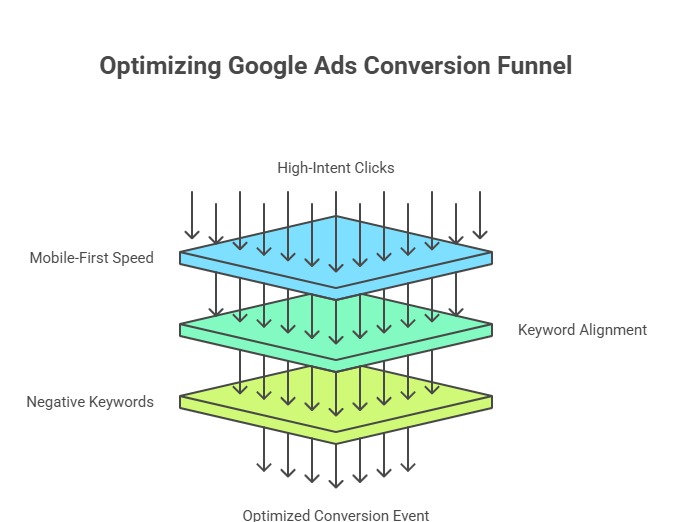
Strategic Rebalancing: The Organic Shield Against CAC
The “outrageous” cost of PPC increases the importance of maintaining a strong, high-quality organic presence. SEO is the only scalable defense against the rising pay-to-play model.
The LTV/CAC Ratio and the Power of Organic
An organic lead may take longer to obtain, but it has zero incremental click cost for every subsequent conversion, which provides a significantly better Customer Lifetime Value to Customer Acquisition Cost (LTV/CAC) ratio over time.
- Content as Investment: Shift budget allocation towards creating high-value, definitive content that aligns with topic clusters targeting the expensive, high-intent keywords currently being bid on. Ranking organically for a $10 CPC keyword with high volume is a significant financial win.
- Technical Authority Building: This content must be supported by an effective internal linking structure (authority flow), clear crawlability, and schema markup (e.g., FAQPage, HowTo) to maximize SERP visibility and conversion potential from organic traffic.
The Alternative Intent Platforms
Beyond the SEO-PPC connection, a broadened B2B lead generation strategy must explore alternative platforms that offer specific, high-intent professional targeting at different costs.
- LinkedIn Ads: This remains the best option for demographic and job-title targeting. While CPC may be high, the CPL for reaching C-suite decision-makers can often be more predictable and cost-effective than a Google Search click that may not come from a true decision-maker.
- Microsoft Advertising (Bing): Often overlooked, this platform offers CPCs that are 30-40% lower than Google and integrates with LinkedIn targeting data. For B2B companies aiming at enterprise customers whose employees may use default Windows browsers, this is a smart budget hedge.
- Quora Ads: This platform offers a unique mix of intent and educational context. Target specific questions or topics that indicate a significant pain point, attracting prospects who seek solutions.
The B2B Conversion Rate Optimization (CRO) Mandate
Ultimately, a high CAC is sustainable only if the Conversion Rate (CR) is equally high. The final technical task is making sure the path from click to conversion is smooth.
Key CRO Integrations:
- Seamless CRM Integration: Set up strong tracking (via GTM and GA4) to connect actual closed-won revenue back to the specific Google Ads campaign, Ad Group, and Keyword. Moving beyond simple form-fill tracking to pipeline value tracking is critical to demonstrate campaign profitability.
- A/B Testing Discipline: Conduct A/B testing on landing page elements—headlines, CTAs, form length, and social proof (case studies, trust badges)—to achieve incremental CR gains. A 1% improvement in CR can effectively counteract a 10% increase in CPC.
- Mobile-Optimized Forms: Ensure form fields use the appropriate input types for mobile (e.g., number keyboard for phone fields) and that the entire submission process is single-column, easy to tap, and provides clear validation feedback.

The Sotavento Medios Conclusion: Cost is Not the Metric, Value is.
Yes, Google Ads is “outrageous.” But this signals the need for technical excellence. Winning in a high-CAC environment means ensuring your paid media strategy is supported by a well-executed technical SEO and Conversion Rate Optimization system.
The market has accounted for incompetence. The businesses that thrive are the ones that treat every ad spend dollar as a detailed data point, continuously refining the user journey from SERP impression to closed-won revenue.
Stop complaining about the price, and start optimizing the value.
Would your organization benefit from a thorough Technical SEO Audit that identifies and fixes budget leaks across your paid and organic funnels? Contact Sotavento Medios for a data-driven ROI analysis.

